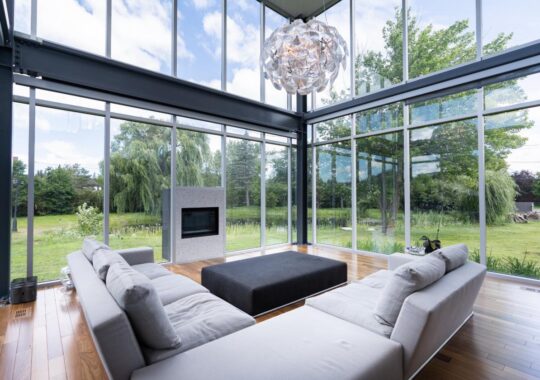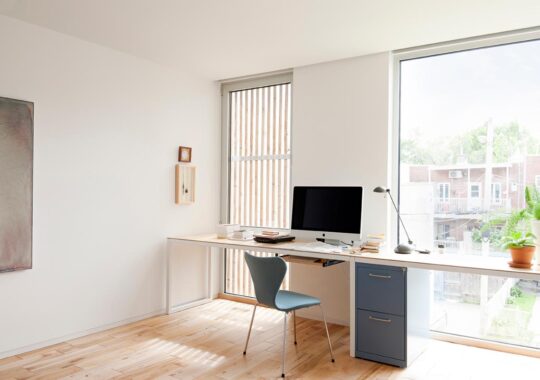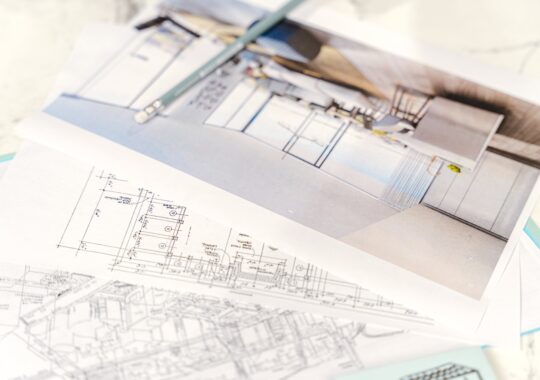Choose your opening: Tilt-Turn vs Lift & Slide
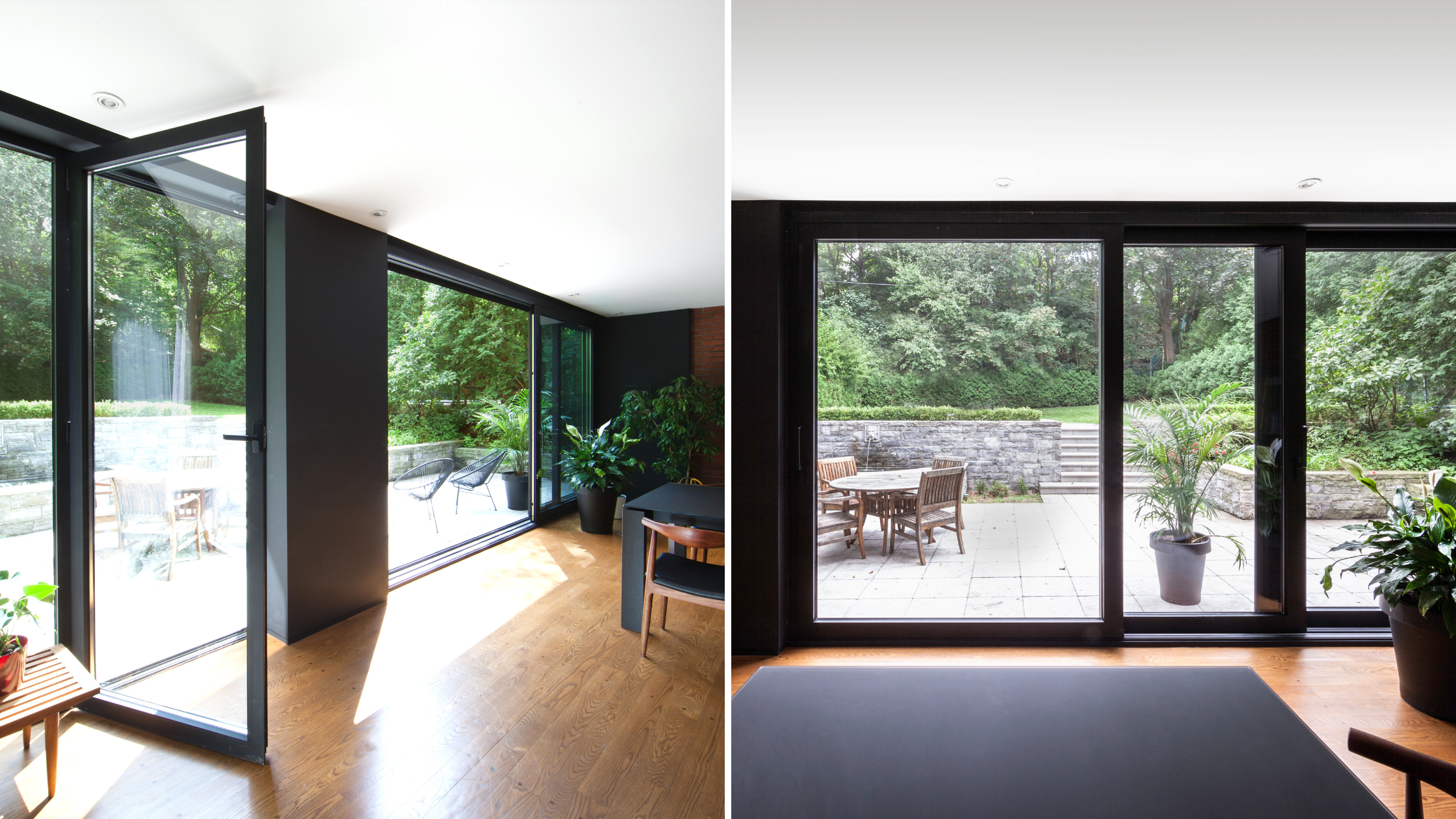
Follow us
Tilt & Turn and Lift & Slide doors are two distinct types of door systems, each providing its own unique features and benefits. Let's look at both.
Tilt & Turn
PROS
- Versatile Ventilation: Tilt and turn doors allow for multiple ventilation options; tilting for secure airflow and fully opening like a hinged door for maximum ventilation.
- Security: Tilt mode provides secure ventilation while keeping the door partially closed
- Easy Cleaning: The "turn" function of these doors allows for easy access to both sides for cleaning and maintenance.
- Various Sizes: Tilt and turn doors come in various sizes and designs, suitable for both residential and commercial applications.
- Traditional Operation: The turn function resembles the operation of traditional doors, making it familiar for users.
CONS
- Design Limitations: The design options might be more limited compared to lift and slide doors, especially for those seeking large uninterrupted glass views.
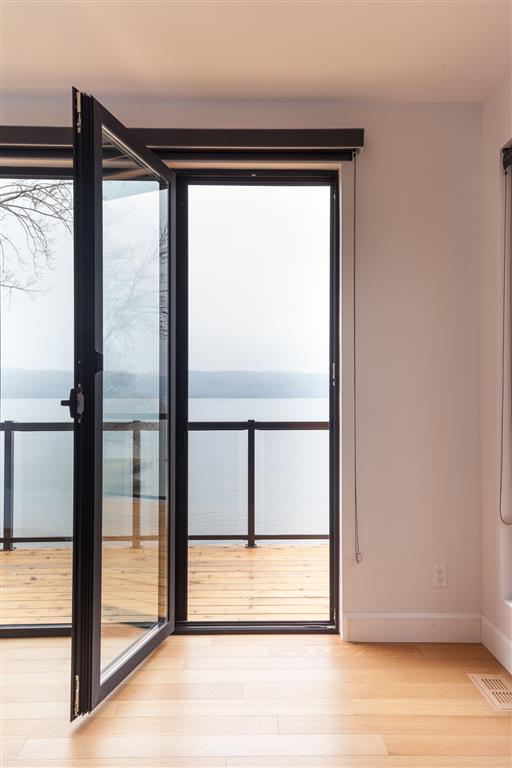
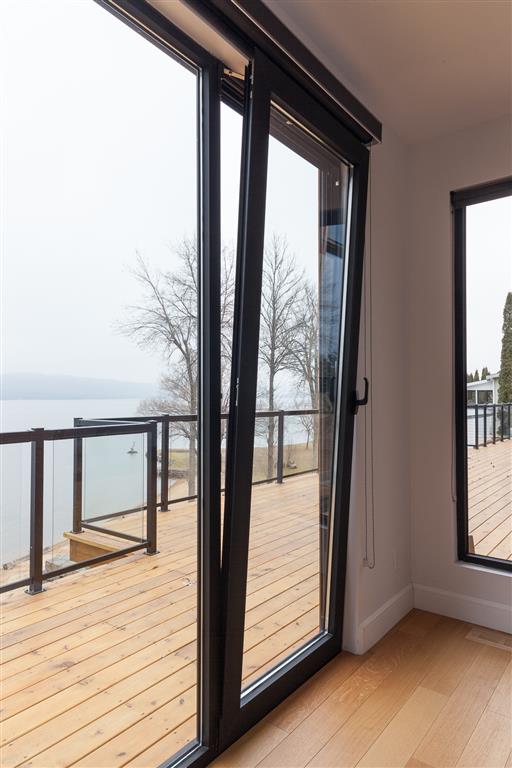
Lift & Slide
PROS
- Expansive Openings: Lift and slide doors are designed to create large, unobstructed openings, connecting indoor and outdoor spaces seamlessly.
- Panoramic Views: These doors offer extensive glass panels, allowing for panoramic views and ample natural light.
- Modern Aesthetics: Lift and slide doors are favored for their sleek and modern aesthetic appeal, often chosen for contemporary designs.
- Space Efficiency: Since the panels slide on a track, they don't require extra space to open or close, making them great for tight spaces.
CONS
- Limited Ventilation: While lift and slide doors provide larger openings, they might not offer the same versatile ventilation options as tilt and turn doors.
- Cost: Lift and slide doors can also be relatively more expensive, especially for larger sizes.
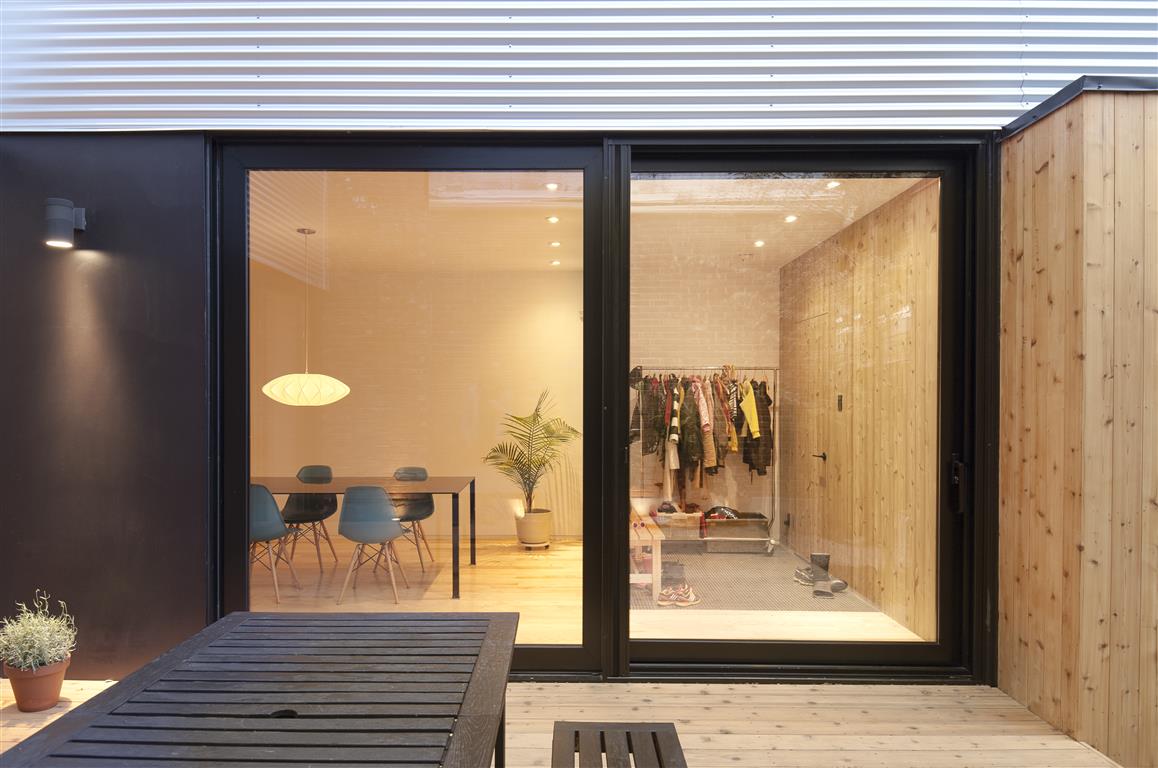
The choice between tilt and turn doors and lift and slide doors depends on your specific priorities, such as ventilation, security, aesthetics, and your budget. Consider your design preferences, space requirements, and desired functionality when making your decision.


